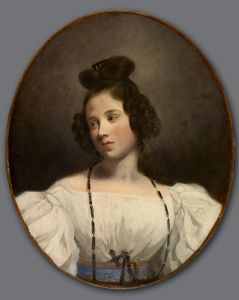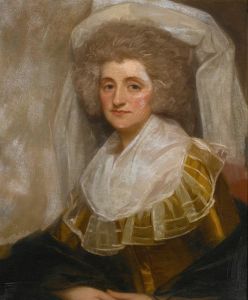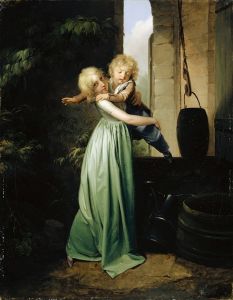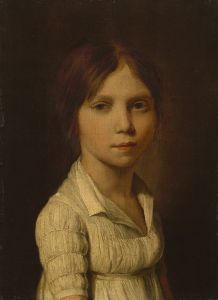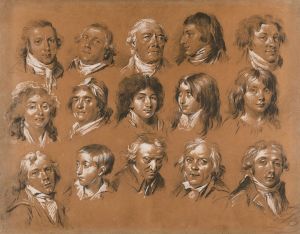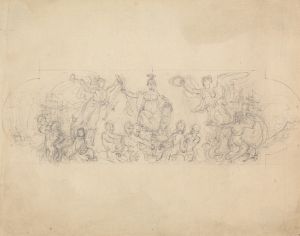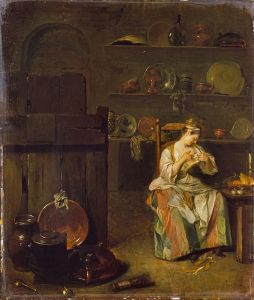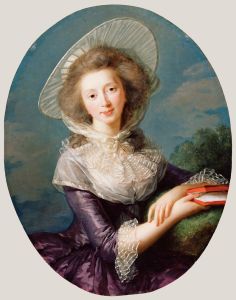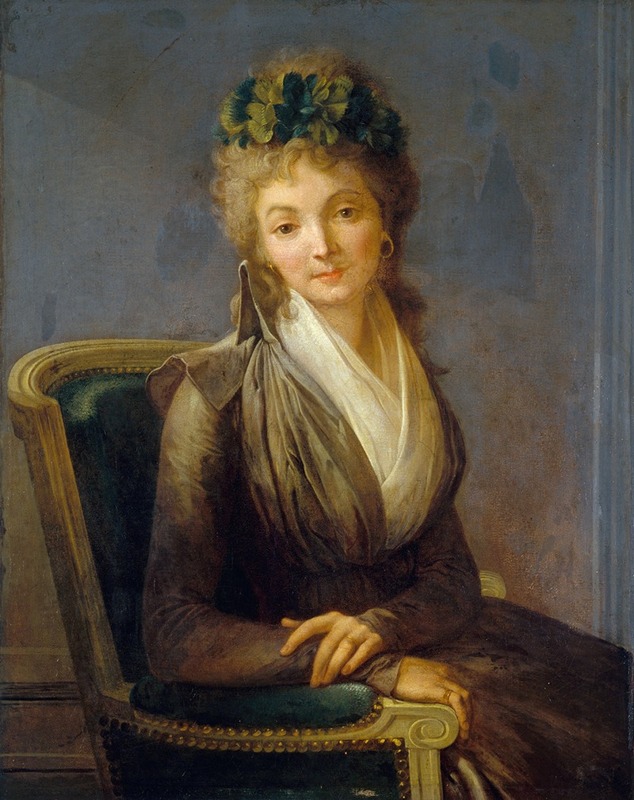
Portrait présumé de Lucile Desmoulins
A hand-painted replica of Louis Léopold Boilly’s masterpiece Portrait présumé de Lucile Desmoulins, meticulously crafted by professional artists to capture the true essence of the original. Each piece is created with museum-quality canvas and rare mineral pigments, carefully painted by experienced artists with delicate brushstrokes and rich, layered colors to perfectly recreate the texture of the original artwork. Unlike machine-printed reproductions, this hand-painted version brings the painting to life, infused with the artist’s emotions and skill in every stroke. Whether for personal collection or home decoration, it instantly elevates the artistic atmosphere of any space.
The painting Portrait présumé de Lucile Desmoulins is a work by the French artist Louis-Léopold Boilly, a prominent painter known for his detailed portraits and genre scenes during the late 18th and early 19th centuries. The title of the painting translates to "Presumed Portrait of Lucile Desmoulins," suggesting that the subject of the artwork is thought to be Lucile Duplessis, the wife of the revolutionary journalist and politician Camille Desmoulins. However, the identification of the sitter as Lucile Desmoulins is not definitively confirmed.
Louis-Léopold Boilly (1761–1845) was a highly skilled portraitist who captured the likenesses of many individuals from various social classes during a turbulent period in French history. His works are characterized by their meticulous attention to detail, lifelike rendering, and often intimate portrayal of his subjects. Boilly's career spanned the Ancien Régime, the French Revolution, and the Napoleonic era, making him a significant figure in documenting the societal changes of his time through art.
The painting in question is an example of Boilly's expertise in creating refined and elegant portraits. It depicts a young woman with delicate features, dressed in the fashion of the late 18th century. The sitter's expression and posture convey a sense of poise and grace, hallmarks of Boilly's portraiture style. The work is executed with a high level of technical skill, particularly in the rendering of textures, such as the fabric of the clothing and the softness of the skin.
Lucile Duplessis (1770–1794), if indeed the subject of this painting, was a notable figure during the French Revolution. She married Camille Desmoulins in 1790, and their relationship was famously affectionate. Both Lucile and Camille were caught up in the political turmoil of the Revolution, and tragically, both were executed during the Reign of Terror. Lucile's life and letters have been studied as a window into the personal dimensions of the revolutionary period.
The attribution of the sitter as Lucile Desmoulins remains uncertain, as there is no definitive documentation linking her to this specific portrait. The title "presumed portrait" reflects this ambiguity. Without concrete evidence, it is impossible to confirm the identity of the subject with certainty.
The painting is part of the collection of the Musée Carnavalet in Paris, a museum dedicated to the history of the city. The museum houses a significant number of artworks and artifacts related to the French Revolution, making it a fitting location for this piece. As with many historical portraits, the lack of definitive identification does not diminish the artistic value of the work, which remains an important example of Boilly's contribution to French art.







